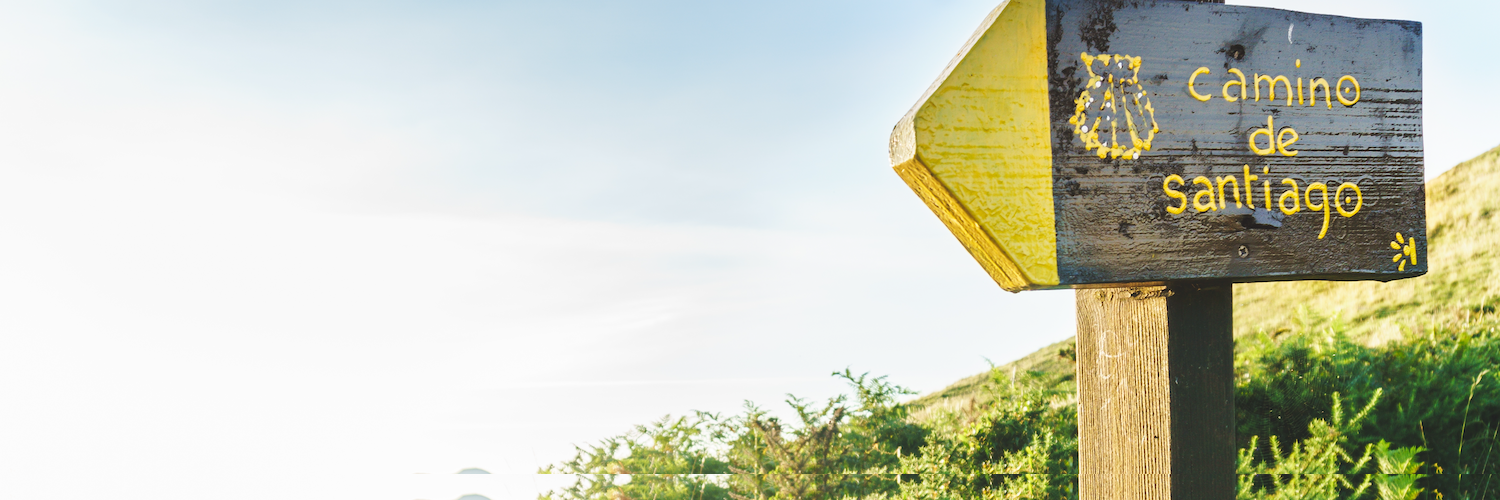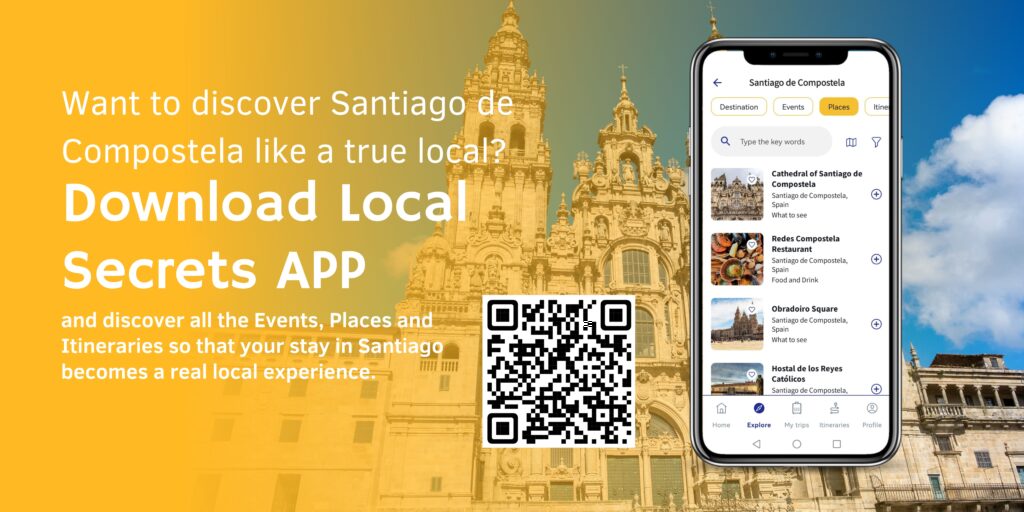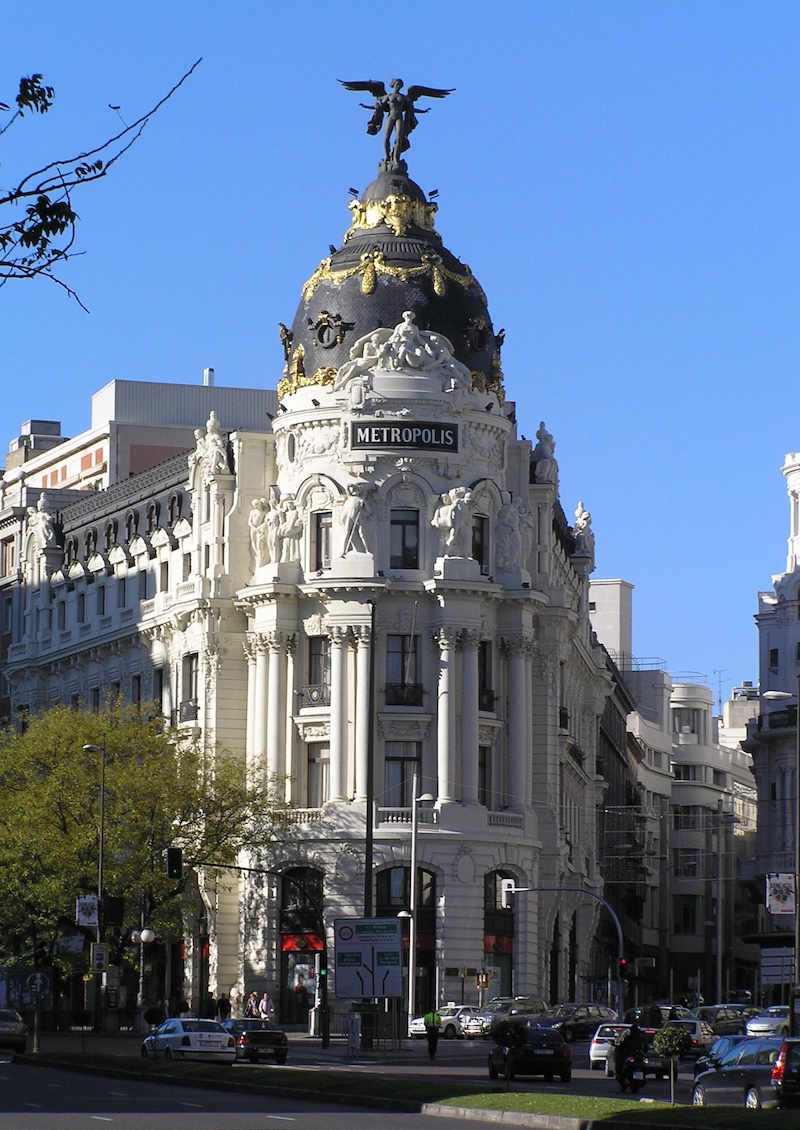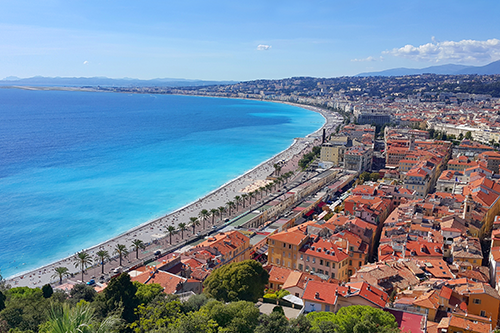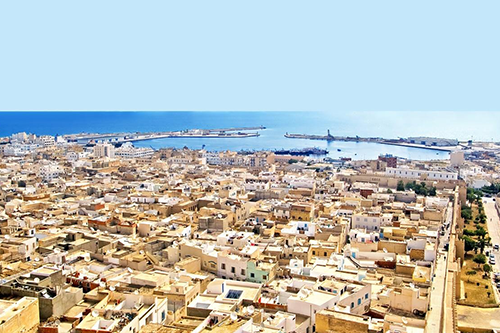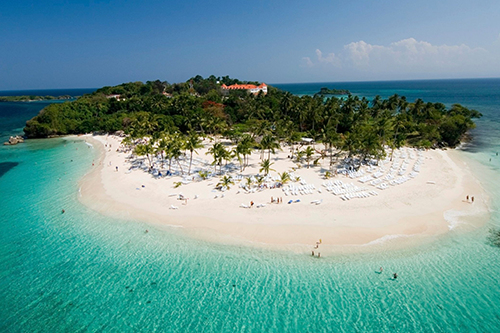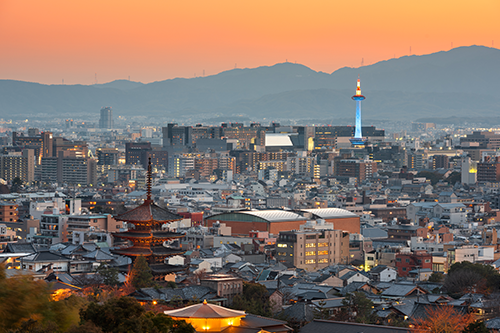Santiago de Compostela
Santiago de Compostela, tucked away in the lush region of Galicia in northwestern Spain, is a city steeped in history and mystery. With a population hovering around 100,000, it’s a cozy, walkable city where every corner tells a story. The weather adds to its mystical vibe, with an average annual temperature of about 14°C, often draped in misty rains that enhance its ancient stone architecture.
Each year, Santiago draws hundreds of thousands of pilgrims and tourists, all drawn by its rich cultural heritage, spiritual significance, and stunning medieval architecture. It’s the endpoint of the legendary Camino de Santiago, a factor that significantly shapes its cultural and social landscape.
The best time to visit? Aim for late spring or early autumn. The weather during these seasons is mild, perfect for exploring the city’s winding streets and lush surroundings without the peak summer crowds. Santiago de Compostela offers a blend of tranquil moments and profound experiences, making every visit memorable.
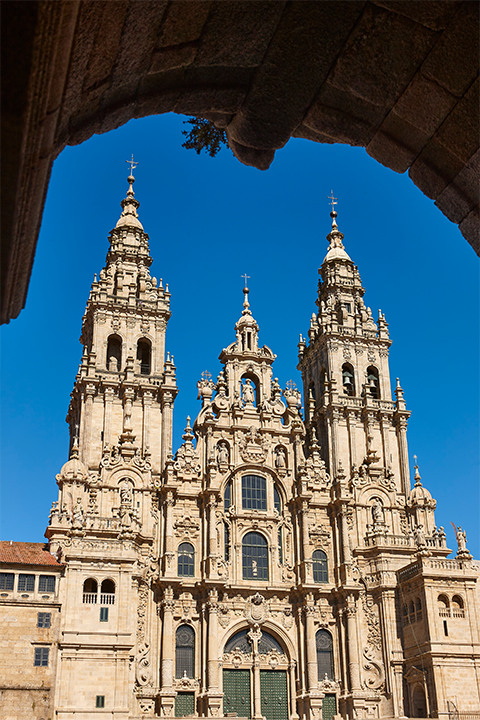
Catedral de Santiago
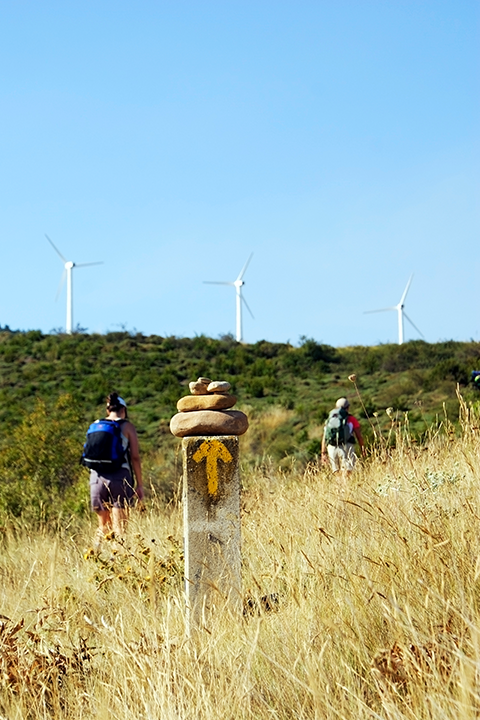
Pilgrins on their way to Santiago de Compostela
Arriving to Santiago de Compostela
Santiago de Compostela, nestled in the lush landscape of Galicia, Spain, is more than just a city—it’s a journey’s end for many. Getting here could be an adventure itself, whether you’re flying into the small but well-connected Santiago de Compostela Airport, arriving by train from major Spanish cities, or even completing the famed Camino de Santiago by foot.
When deciding where to stay, the historic center is a no-brainer for tourists. This area, with its quaint, narrow streets and proximity to major landmarks like the Cathedral of Santiago, is not only picturesque but also immerses you in the city’s medieval charm. For those seeking a quieter vibe, the neighborhoods around Alameda Park offer a more relaxed atmosphere and beautiful green spaces.
Getting around Santiago is a breeze. The city is pedestrian-friendly, especially the historic center where most attractions are within walking distance. For longer distances, buses are available and reliable, and they’re a great way to hop from one site to another without much fuss.
Foodies, get ready—Galician cuisine is a treat! Don’t miss out on trying the local specialties like ‘pulpo a la gallega’ (octopus seasoned with paprika), ’empanada gallega’ (a savory pastry filled with tuna, beef, or pork), and the delectable almond cake known as ‘tarta de Santiago’. Wash it all down with a glass of Albariño wine, a regional favorite.
Santiago de Compostela is packed with sights that resonate with history and spirituality. The towering Cathedral of Santiago is a masterpiece that dominates the cityscape and is a must-visit for its architectural grandeur and historical significance. The city’s museums, like the Museum of Pilgrimage, offer a deep dive into the rich tapestry of the pilgrimage’s history and its impact on the region.
For a truly immersive experience, join the pilgrims for an evening mass at the cathedral, where you might witness the famous ‘Botafumeiro’ swinging—a giant incense burner that fills the space with aromatic smoke, creating a mesmerizing spectacle. Beyond the spiritual, explore the local markets for artisan products, or take a leisurely stroll in the Parque de Santo Domingo de Bonaval, where you can unwind and reflect on your journey.
Santiago de Compostela is a city that offers both a step back in time and a contemporary cultural experience, making it a unique destination where every corner has a story, and every meal is a celebration of local flavors.
Accomodation
Looking for a unique hotel experience?
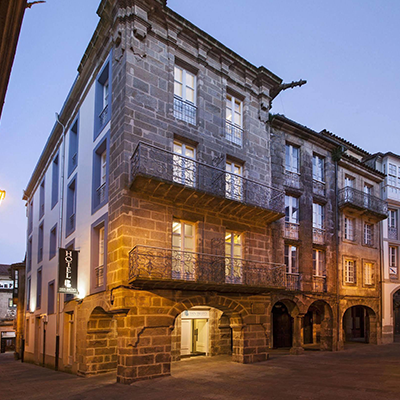
Local Secrets has selected a variety of unique hotels that make lodging a special experience. These hotels share the vision of quality and service that we want for our travelers.
Want to feel like home?

Local Secrets has developed a network of professional experts in tourist accommodations committed to quality and service to guarantee a unique experience to our travelers.
Currency: The official currency of Santiago de Compostela is the EURO (EUR). 1 € is equivalent to 0.9 USD.
Keep in mind before travelling to Santiago de Compostela
Santiago de Compostela, a city steeped in tradition and culture, really knows how to throw a festival! Kicking off the year is the ‘Festas de San Lázaro’, a neighborhood fiesta blending religious and folkloric elements. As spring blooms, the ‘Festa da Ascensión’ highlights rural Galician traditions with music, crafts, and gastronomy, drawing both locals and tourists into the festive spirit. Summer starts with the ‘Festa de San Xoán’, where bonfires light up the night skies on Midsummer’s Eve, a magical time of legends and myths.
The real highlight is the ‘Festas do Apóstolo’ in July, celebrating the feast of St. James with two weeks of concerts, fireworks, and the stunning spectacle of the ‘Fogos do Apóstolo’—a must-see fireworks show. As autumn approaches, the ‘Festa da Historia’ in nearby Ribadavia offers a throwback to medieval times with costumes and traditional games. Rounding out the year, the ‘Festa dos Fachós’ in Castelo features unique torch-lit processions, illuminating the darker winter days.
For day trips, the possibilities are just as rich. The ancient Roman walls of Lugo are less than two hours away, perfect for history buffs. A Coruña, with its iconic Tower of Hercules, offers coastal charm and history less than an hour’s drive. Vilagarcía de Arousa at the Rías Baixas region, known for its exquisite seafood and Albariño wine, makes for a delicious getaway. The rugged beauty of Cape Finisterre provides dramatic ocean views and a sense of reaching the world’s end. Ourense’s thermal baths offer a relaxing escape in a city rich with Roman history. Lastly, the Cíes Islands, with their stunning beaches and clear waters, are a natural paradise worth visiting, especially during the warmer months. Each destination offers a unique glimpse into the diverse landscape and culture that surround Santiago de Compostela.
Tips to visit Santiago de Compostela
Santiago de Compostela, often bustling with a mix of locals and tourists, is a charming city where the locals, known as ‘Compostelanos,’ greet each other warmly with a traditional “Hola” or “Buenos días.” Here, you’ll hear conversations flowing in both Galician and Spanish, reflecting the bilingual tapestry of the region.
Meal times in Santiago follow the typical Spanish schedule, with lunch around 2 to 4 PM and dinner not starting before 9 PM. Shops usually open from about 10 AM to about 2 PM and then again from 4:30 PM to 8 PM, respecting the beloved Spanish siesta.
Tipping is customary but not compulsory, with most people rounding up the bill or leaving about 5-10% for good service. Santiago boasts an efficient public healthcare system, ensuring that both locals and visitors have access to good medical services. When it comes to dress code, the city is pretty laid-back, though many locals dress up slightly for dinner or religious services. Common expressions include “Grazas” (Thank you in Galician) and “¿Que tal?” (How are things?), giving you a little local flavor during your visit.


